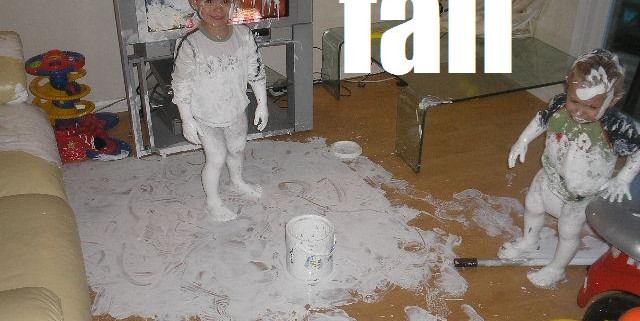As a St. Louis home owner, you’re probably rejoicing that the snow has melted, the birds are singing and daylight saving has come! (OK, daylight savings was a stretch, we admit.)
Yet your home has been calling you, can you hear it? It’s saying, “A Power Was A Day Helps Keep The Algae Away“.
 Though you may not see it now, trust us, with St. Louis being in a densely covered river delta, the amount of trees we have – like it or not – algae has survived this winter and is looking to team up with future friends this spring as all plant life looks to bloom and pollinate to it’s utmost potential.
Though you may not see it now, trust us, with St. Louis being in a densely covered river delta, the amount of trees we have – like it or not – algae has survived this winter and is looking to team up with future friends this spring as all plant life looks to bloom and pollinate to it’s utmost potential.
As a home owner it’s our hunch you’re wondering how any algae could possibly survive on plastic, or today’s high grade vinyl siding. Algae feeds and survives on sugars, dust, dirt, or other air born things that fly and attach to your siding. Trees in our river delta, be it evergreen or deciduous, broadcast ultra-fine aerosols of sugars multiple times per year (not just spring alone). Simply park your car under trees at The Muny, The St. Louis Zoo or more, and you’ll be hostage to thousands of tiny droplets of sap or sugar on your prized auto. This is the tempting food for St. Louis algae! Regardless what your siding salesman or home builder told you – this stuff WILL stick to vinyl or plastic siding.
When the subject turns to wood siding, algae is more than likely feasting on the very stains and sealers you, or companies you’ve hired, used to preserve your wood. A good number of today’s clear and semi-transparent wood sealers and stains are developed with alkyd and oil resins. It’s not advertised, but these natural oils are delicious food for algae. Shocking we know! There are sealers and stains which do contain appropriate chemicals designed to prevent algae growth, however these chemicals also breakdown when exposed to UV rays and consistent exposure to rainwater.
HERE IS WHERE WE WANT TO BE YOUR BEST FRIEND. We know that many of you have spent good money on, and in fact, may (did we say MAY?) love your pressure washer because it’s a very cool tool. As guys who work with power tools every day, it would be safe to say, ‘We get it”. Yet a power washer can wreak destruction with homes if used improperly.
Water that is accidentally sprayed behind vinyl siding, joints and corners will cause wood rot if your home is missing a proper weather barrier. In St. Louis we see it all the time, this simple requirement has been lacking from the building code for many years. Some builders today ignore it to cut corners. Do you know if your home has a weather barrier under the siding? So much siding is nailed directly to wood sheathing and installed insufficiently.
As for wood, the water that’s projected from the tips of power washers can be blasted into cracks where you don’t want water to actually go. If you’re not careful the high-powered water stream can diminish the treated wood of your wood siding making some appear older looking than it really is.
A periodic cleaning to prevent algae buildup is almost a mandate living in St. Louis. Our ability to power wash your home each year has advantages to prevent future algae growth and your homes protection long-term. A professional power washing of your home helps remove the sugars from the siding before algae can have a feast at your expense.















